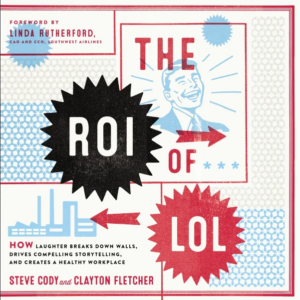A positive employee experience is good business. Here’s why.
Taking care of your people can also benefit your bottom line.

It’s common knowledge that if you provide the benefits employees desire and need to function well such as extended paid leave and flexible working hours, you’re on the way towards building a positive work culture. In turn, this will stand to not only attract outside talent but keep the employees you’ve worked hard to bring aboard content in their roles. But did you know that an increased focus on employee wellness can also create positive business results as well?
One startup, CHANI, is doing just such a thing. The technology and media app headed by astrologer and activist Chani Nicholas takes a slightly different tact than traditional organizations by striving to ensure that its workplace is both one where important business can get done and people can also develop as human beings. According to a recent interview with Forbes, CHANI CEO Sonya Passi believes that those human touches are what makes the business so strong.
The quality of work that [an organization] can do in the world when the people who work with you are taken care of—and when you are generating abundance for more than yourself—is so much greater than when you’re driven only by the bottom line,” says Passi, who serves as the CEO of both CHANI and FreeFrom.
“If we didn’t have the numbers to back it up, I think a lot of people would roll their eyes and say, ‘Well that’s cute,’ but every single month since the app launched our numbers have grown. I’m the one who writes the check each month to give 5% of CHANI’s revenue to FreeFrom. I think living in a capitalist world, we are so indoctrinated with a scarcity mindset, and I refuse to invest in a scarcity mindset. I believe that abundance begets abundance, and my experience running these two organizations is showing this to be true.”
Later in the interview, CHANI’s director of engineering Milcah Halili shared that CHANI carefully crafts its workplace policies to be both people-first and good for the health of the business. He shared that the company allows employees at the organization to have the tools for financial empowerment but the space needed for self-care as well.
“We’re very clear with our teams that this is still a workplace,” says Halili. “This is not where we do the healing, but we encourage each other to heal on our own time so that we can show up for work.”
The communicator’s role
If there’s a lesson communicators can learn from what leaders at CHANI shared, it’s that investment in our employees makes a quantifiable difference in not only how organizations are perceived as businesses, but also in how those businesses perform.
This case study is a reminder that happy, fulfilled employees are more likely to be efficient,stick around your organization for longer and have positive opinions to share about you and your mission. Collaborate with Marketing and HR to craft employer brand campaigns that emphasize how your benefits packages go further than just health, vision and dental and focus also on the mental health and overall wellness of the people in your company. Bring your internal champions and brand advocates into the storytelling process by asking them to share their stories, offering them an edit and prominently featuring their work on internal and external channels alike. Be prepared to answer questions about employee productivity from the C-suite using data that highlights the tremendous output of your teams with an emphasis on quality and the time it takes to do work well.
At the end of the day, the employees are the ones who create a culture and drive business. If you take care of the former, the latter stands a better chance of thriving.
Sean Devlin is an editor at Ragan Communications. In his spare time he enjoys Philly sports, a good pint and ’90s trivia night.






